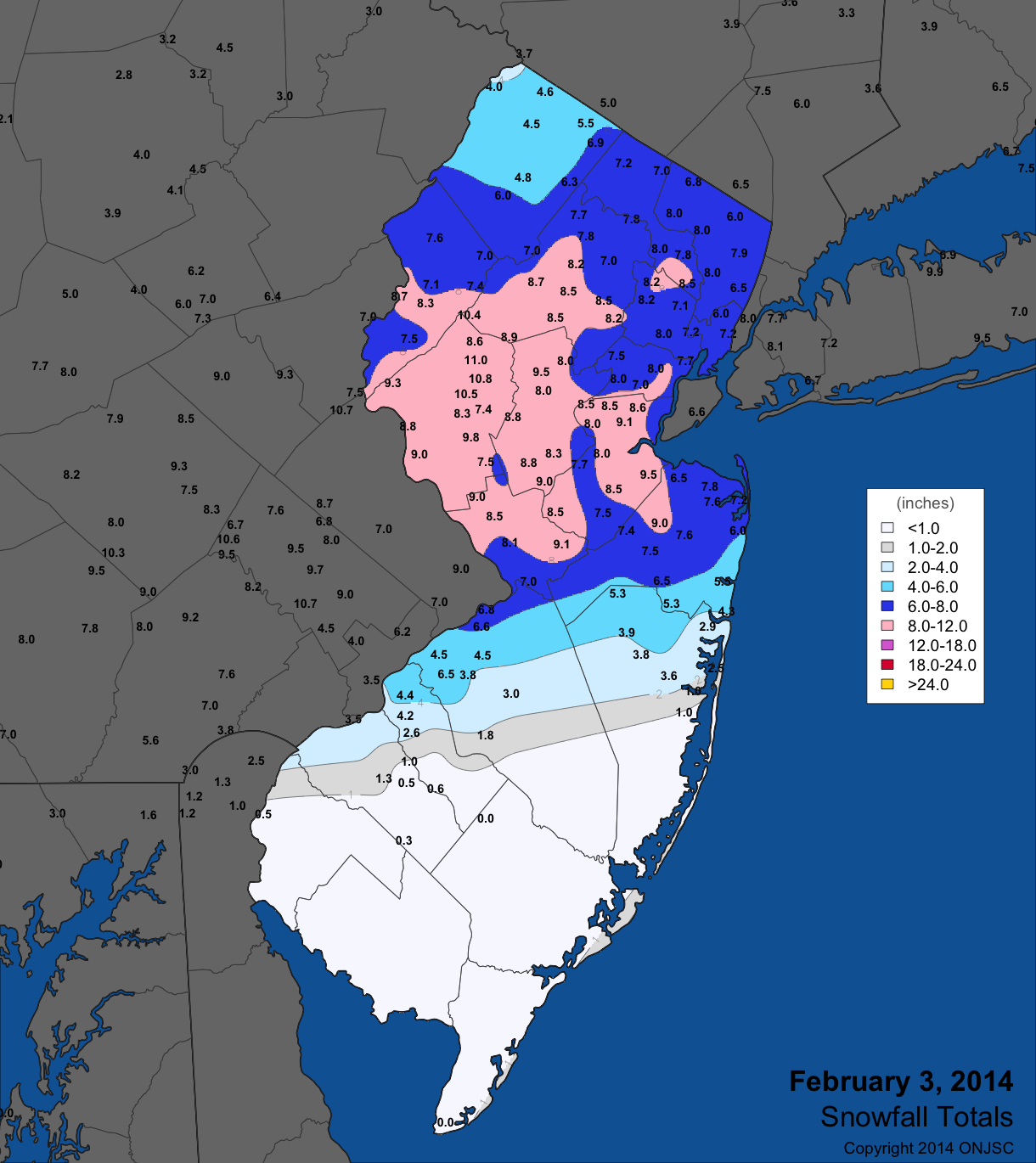As we strive closer towards the shores of Sao Paulo, the team has been bouncing ideas around on how we can kill time. This mission thus far has gone incredibly smoothly as we have been flying at speeds upwards of 30 km/day with just the deep current adding some minor resistance to our flight.
The most promising proposition so far has come from Antonio who has proposed that we fly the windmill pattern- hoping that the third time is the charm for this sampling strategy. We have attempted this sampling pattern in the past, the first being with Silbo in spring of 2012 off of Madiera which failed due to user error when I mis-typed the way point.
The second attempt then met its doom as we sampled the lea of Ascension Island, where the voltage of the batteries suffered a sudden drop and the glider needed to be recovered immediately.
Now, Antonio has made a very interesting discovery looking at the myocean model: conflicting eddy fields from the surface to inflection depth!
What we propose we do now, is that we take the windmill pattern we have attempted in the past and traverse the region, inspecting this unusual event.
We also have some time on our hands as we are still awaiting our recovery equipment to ship from Ascension Island to Rutgers so we can then secure a recovery date which we hope will occur some time in May. Also looking to the battery plots, Dave estimates we have roughly 200 days remaining.
Where we stand now, MyOcean is showing a very well defined eddy field ahead of us with our present position being on the right side of a clockwise rotating cold eddy with another cold eddy due south and a warm eddy to the south west. RTOFS meanwhile shows two pretty well formed cold eddies to our south and south west.
Force Wind Sea & Honor



































